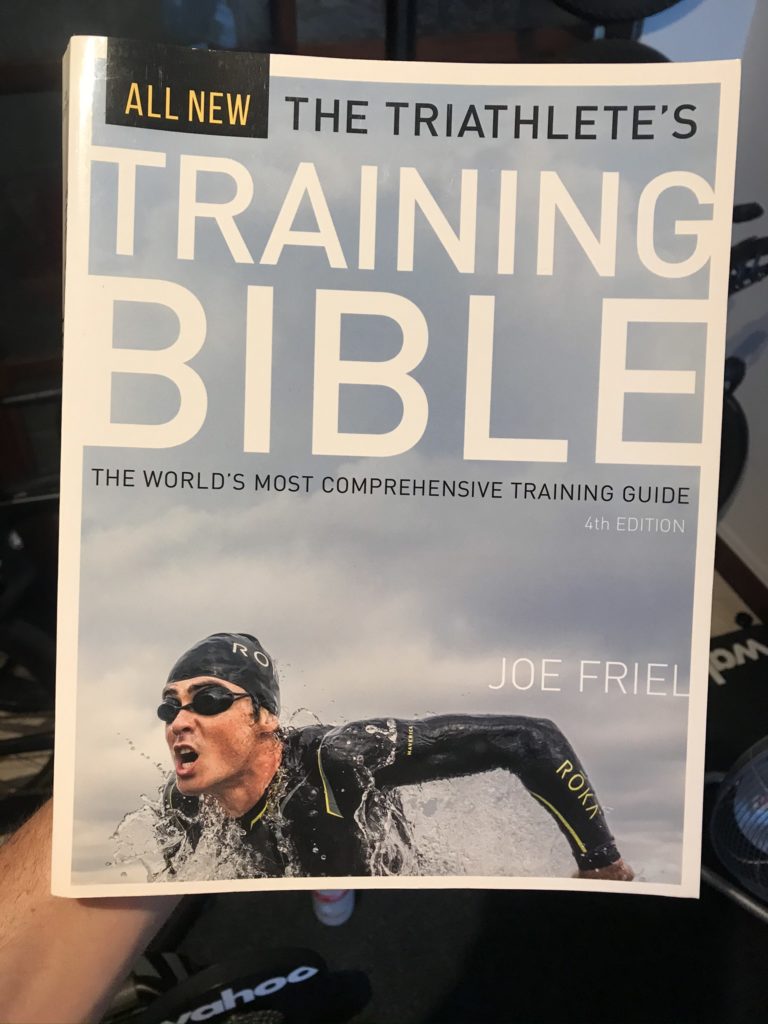IronmanHacks is reader-powered. If you buy anything from any of the links on this site, we may earn a small commission, at no extra cost to you.
Intensity Factor and Variability Index are critical to a solid bike segment. And pacing the bike segment right is essential if you want to set yourself up for a good run.
And of course, the run is key to a good race.
So, get IF and VI right.
I interviewed triathlon legend Joe Friel and here’s what he told me:
Joe: The key to the race is the bike segment as it’s about half of the race. If one screws up either the intensity or the “pacing” on the bike they will have a poor run regardless of how good of a runner they are.
The key to getting the bike right is understanding Intensity Factor and Variability Index. Both require a power meter. They aren’t complicated, although they sound like they are. Once these are understood and mastered in training then having one’s best possible race becomes relatively easy.
All you need to know about power meters. Buy it here. More about IF and VI. Buy it here.
I have read Joe’s book on power meters cover-to-cover multiple times and learned all about IF and VI.
Intensity Factor
This is essentially the percentage of your FTP (but measured from 0-1). If your FTP (how hard you can go for an hour, in watts) is 250, and you do a race at a Normalized Power (NP) of 125, you just raced at a .50 Intensity Factor.
Most endurance biking is between 60 and 70%. Harder tempo workouts are at around 80 to 90%. The point is to not exceed your IF based on your fitness level, the type of race you’re doing (just cycling vs multisport) and your level of fitness.
Here’s a quick guide, adapted from The Power Meter Handbook:
| Common Race Intensity Factors | |
| Race Type | Common Intensity Factor |
| Ironman (elite) Half-Ironman (age group) | 0.60-0.70 |
| Half-Ironman (elite) Long road race Mountain bike marathon | 0.70-0.79 |
| Olympic and sprint triathlon Long time trial Short mountain bike race Criterium | 0.80-0.89 |
| Short time trial | 1.05-1.15 |
Read more about IF on the TrainingPeaks website here and this page for full power terminology.
Variability Index
Sometimes this one drives me crazy. During races I get obsessed with it. It was worse when I had a Garmin and it couldn’t calculate VI.
I’m obsessively looking at my numbers, all the while struggling to make simple mathematical calculations.
It usually went something like this:
191 watts of Normalized Power…200 watts of Average Power…that means I’m 9 watts ahead…9 divided by 2 = 4.5…that means I’m at a VI of 1.045…any more and I’ve blown it…
Repeat.
Repeat again but with slightly different numbers.
Now, with the Wahoo ELEMNT the VI is shown, so that makes things a bit easier, and I can just stare at that one number like my life depended on it.
In case you haven’t figured it out, VI is the variation of your power output. How ‘spiky’ is it?
VI = Normalized Power / Average Power
Keeping a VI of 1.05 or less ensures that you do not burn any matches, or exert any massive power bursts or spikes. You can only afford to do a few of these, after which you’ll be toast.
That smooth bike power is what you need if you expect to run with any dignity.
Buy Joe Friel’s books here (Amazon):
IronmanHacks is reader-powered. If you buy anything from any of the links on this site, we may earn a small commission, at no extra cost to you.


